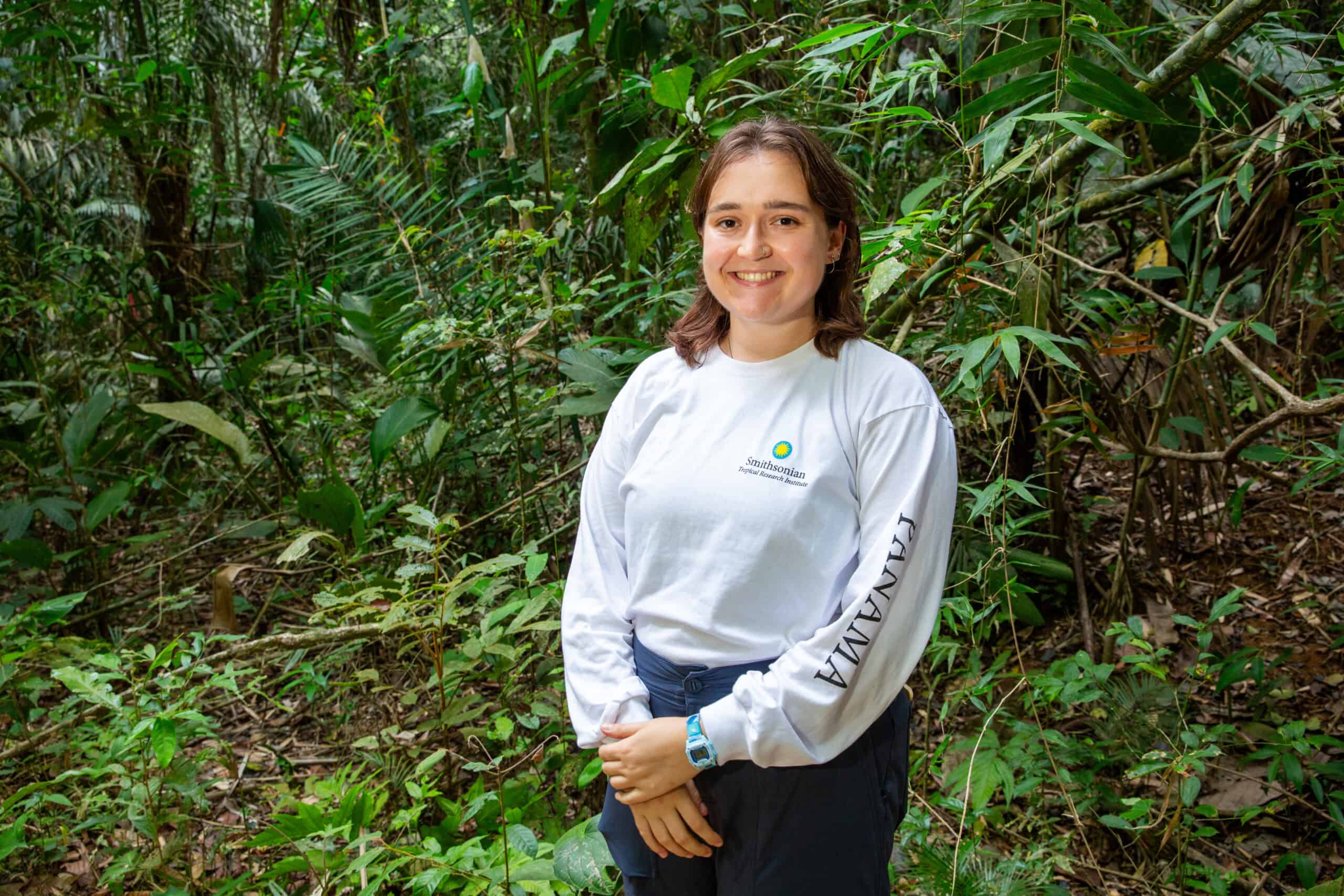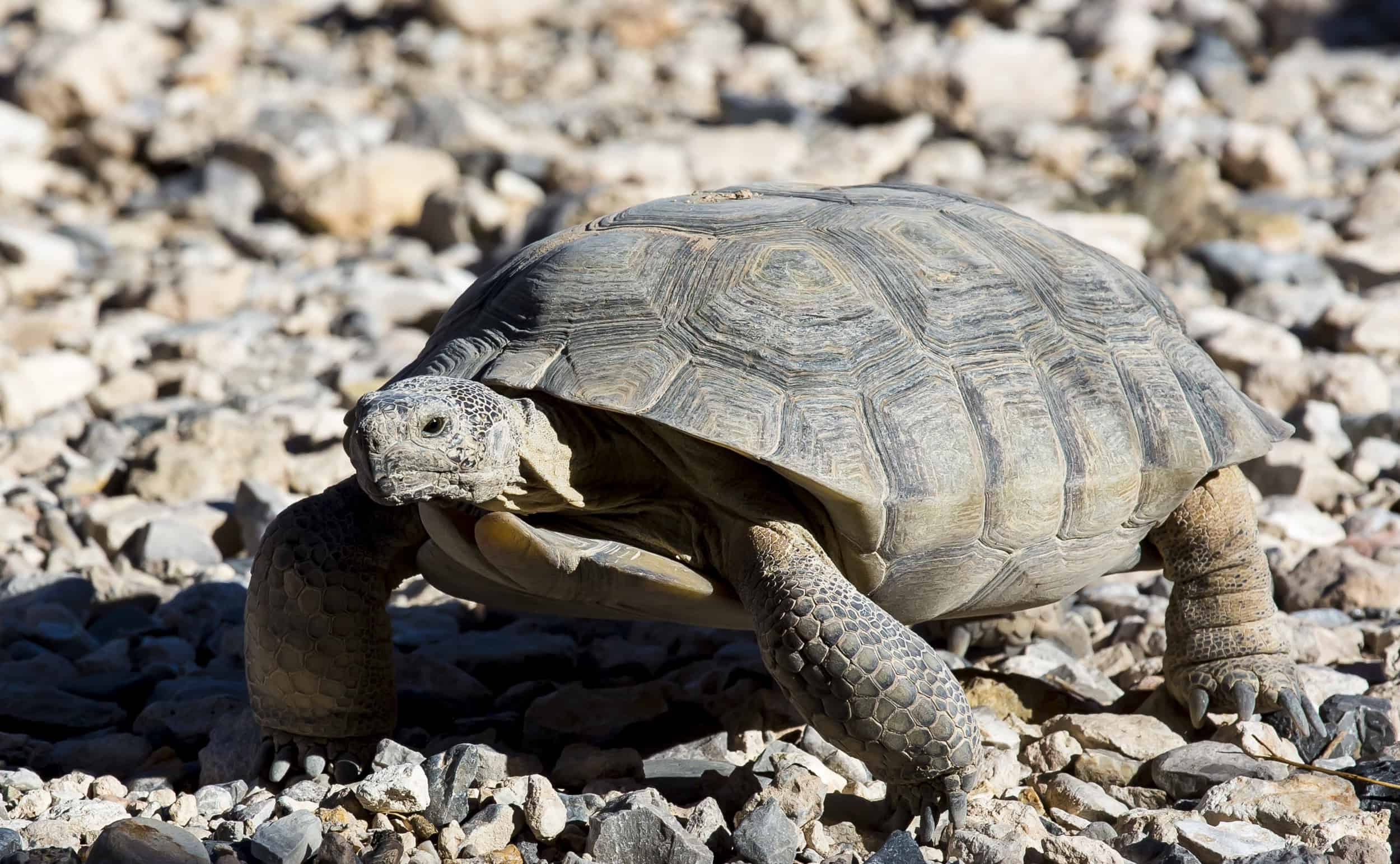Share this article
Light pollution can change birds’ sleep patterns
Street lights can change the amount and quality of sleep that pigeons and magpies get at night, affecting their energy in the morning.
“Light pollution has been getting more and more attention from ecologists in the last 10 years, and more and more studies show how it’s affecting animal behavior,” said Anne Aulsebrook, a researcher with the University of Melbourne and La Trobe University. “One of the most common and well-documented things light pollution seems to do is cause animals, particularly birds, to change the timing of their behavior.”
That can mean birds singing earlier in the morning or becoming more active later into the night, Aulsebrook said, but there hasn’t been much research on how these behavioral changes are affecting the birds’ energy. She led a study published in Current Biology looking at how light pollution is impacting the sleep cycles of pigeons (Columba livia) and magpies (Cracticus tibicen tyrannica).
Aulsebrook said she chose pigeons because so much already is known about their sleep compared to other birds’, and plenty of them are in captivity to study. She and her colleagues conducted their studies in aviaries at La Trobe University, using lights donated from street lighting companies. They set up experiments exposing the birds to darkness one night, switching on the lights the next and turning them off the following night.
“We expected to see them sleep more on the first night, less when the lights are on and then recover some of the sleep they lost the next night,” she said.
Using sensors that recorded brain and muscle activity, the team found that the pigeons slept about 10 hours with the lights off. With the lights on, their sleep dropped to about six hours. Quality of sleep was also affected. The pigeons didn’t seem to recover from the loss of rapid-eye movement sleep the night before, slept less intensely the following night and woke up more often. Comparing amber light to white light, the team found the tone made no difference in sleep patterns.
Then, the researchers wanted to see if they would see the same patterns in another species, so they looked at magpies. Magpies’ sleep was also affected by both white and amber light, they found, but the birds slept twice as much under amber light. Magpies also seemed to recover all of their non-REM sleep, but not their REM sleep — the opposite of the findings from the pigeon experiment.
Such species-specific results can make managing for light pollution difficult, Aulsebrook said, but the results did have one thing in common: amber light was never more harmful. “If we had to choose, I’d still go with warmer, amber colors,” she said. “The other simpler solution is to turn the lights off.”
Other efforts to reduce light pollution include shielding lights, directing them, dimming them or using sensors to turn them on only when people are around.
More research needs to be done to understand the effects of sleep loss on birds, Aulsebrook said. “We know that sleep is really important in humans. We experience how important sleep is when we don’t get enough of it,” she said. But there hasn’t been much research in this area on birds.
“I think the next big step is looking at whether we can measure these costs of reproduction or survival in these birds if they’re not getting enough sleep,” she said.
Header Image:
An Australian magpie at an urban park in Melbourne, Australia. Both magpies and pigeons average 10 hours a sleep per night, but magpies lose more non-REM sleep under white light than amber light.
Credit: Photographer Doug Gimesy








